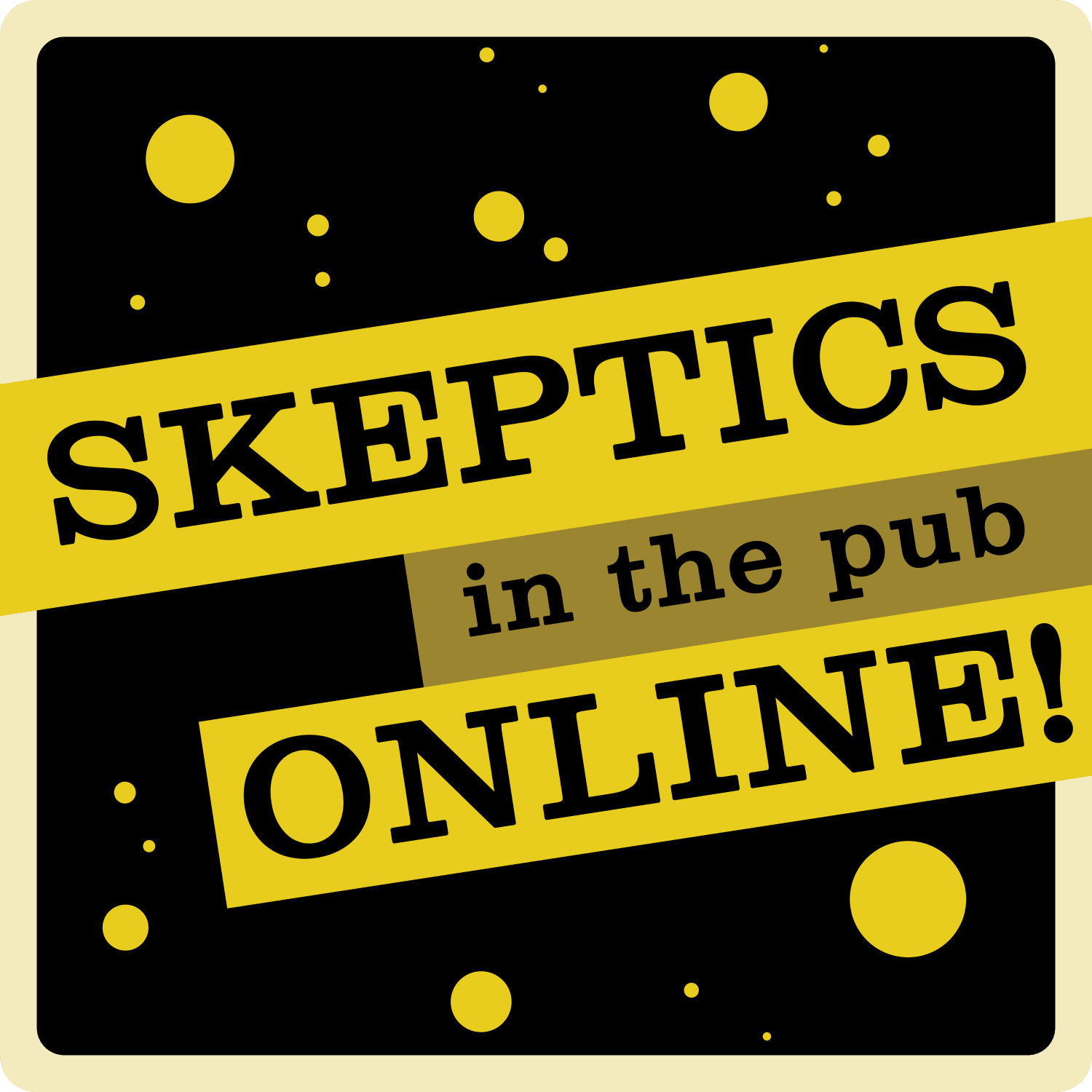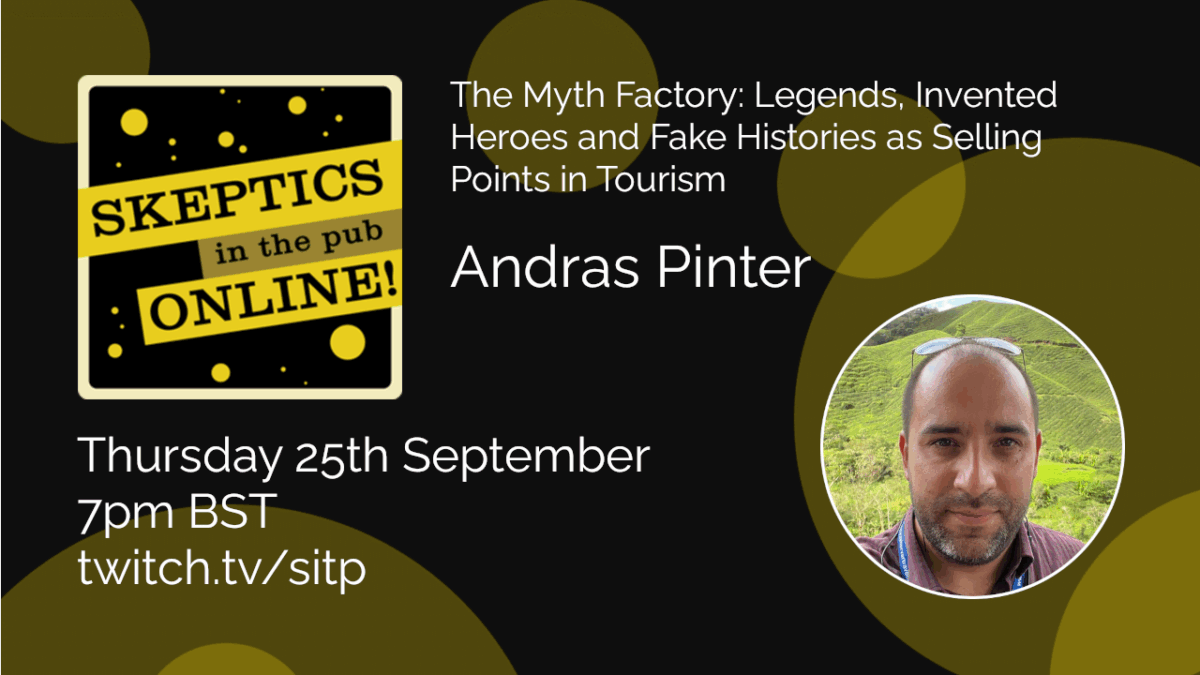Tourism is one of the world’s biggest industries, built on the promise of wonder. We travel to stand where legends were born, to see relics said to hold miraculous power, or to follow in the footsteps of heroes we’ve only read about. But how much of what we’re sold is real — and how much is pure fabrication?
From glossy guidebooks to “documentaries,” from local storytellers to global marketing campaigns, tales are told that blur the line between history and fantasy and as such, tend to collapse under scrutiny. Sometimes there’s a grain of truth, but more often the stories have been bent, exaggerated, or entirely fabricated. In some cases, the people or events never existed at all.
And what happens when a skeptic becomes a tour guide? When you’re tasked with educating curious travellers, it’s hard to play along with myths about monsters, miracle-working bones, or people who never walked the Earth. This talk takes you on a skeptical journey through some of the world’s tourist traps—from the obvious suspects like imaginary monsters to the stranger cases where folklore breathed life into characters that never lived, but somehow became “real.”
András G. Pintér has been a skeptic far longer than he has been a tour guide — but in both roles, he’s been surrounded by myths. With a background in Music, Biology, and Environmental Science, he has been dedicated to promote science, evidence-based policies, and critical thinking since his late teens.
For the past 17 years, András has worked as an international tour director and guide — having to cope in an industry where legends, half-truths, and outright fabrications are part of the daily routine. Instead of simply playing along, he’s made it part of his mission to expose the stories that don’t quite add up.
A founding member and current chair of the Hungarian Skeptic Society, András is also the initiator and a co-host of The European Skeptics Podcast (The ESP) and serves on the board of the European Council of Skeptical Organisations. Whether on stage, on air, or on the road, he tries to bring a sharp critical eye to the tales that shape how we see the world.

